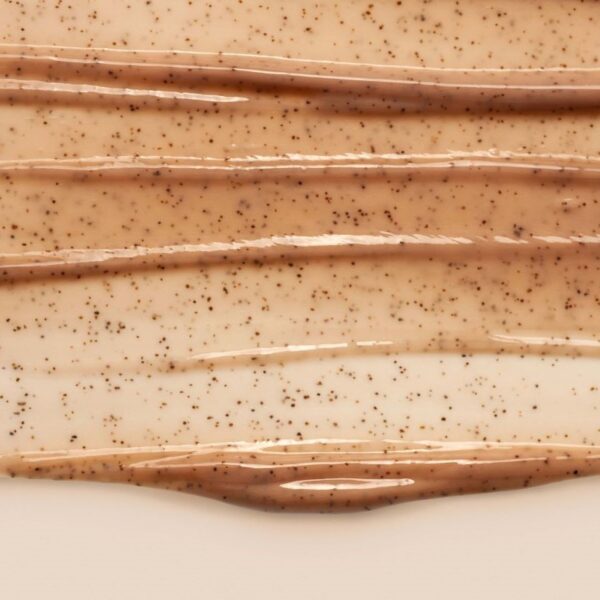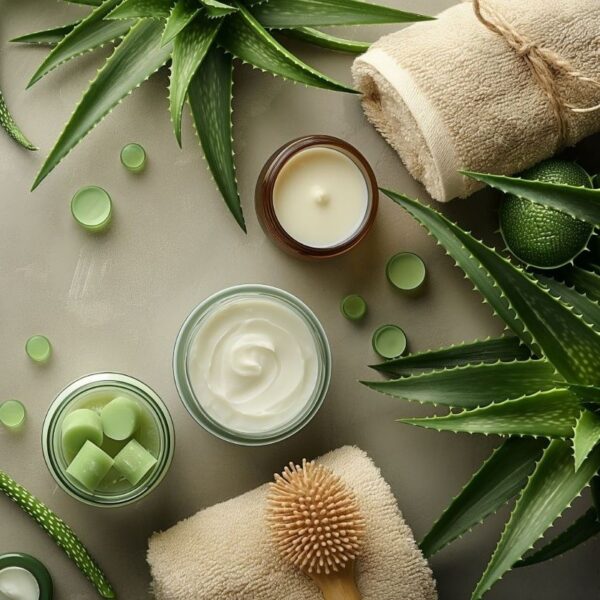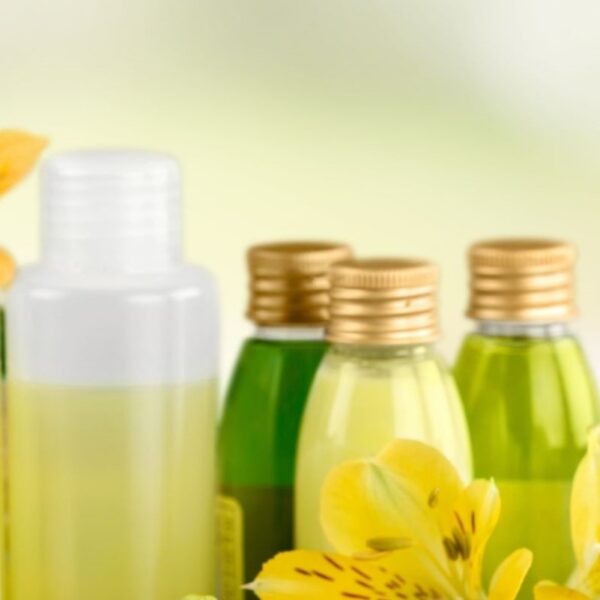Phenoxyethanol is a common ingredient in various cosmetic products, including skin care, hair care, and makeup. It is a colorless and odorless liquid used as a preservative to prevent the growth of bacteria and fungi. Phenoxyethanol is a substitute for parabens, which are known to cause skin irritation and allergies in some people.
What is Phenoxyethanol?
Phenoxyethanol is an ether and aromatic alcohol also known as 2-phenoxyethanol, ethylene glycol monophenyl ether, and (2-hydroxyethoxy)benzene.

In cosmetic products, phenoxyethanol’s primary function is a preservative. Without preservatives, cosmetic products risk contamination by bacteria and fungi, which can cause serious health problems if they come into contact with the skin. Phenoxyethanol is effective in preventing the growth of harmful bacteria and fungi, and it has broad-spectrum antimicrobial activity, making it an ideal choice for cosmetic products.
In addition to its preservative properties, phenoxyethanol has other beneficial effects when used in cosmetics, including moisturizing properties, which can help to hydrate the skin and prevent dryness. It is also gentle on the skin, making it suitable for use in products designed for sensitive skin.
Use of Phenoxyethanol in Cosmetics
The table below outlines the effects of phenoxyethanol:
| Preservative | – 2-Phenoxyethanol is a broad-spectrum preservative with excellent activity against Gram-negative and Gram-positive bacteria, yeast, and mold. – Phenoxyethanol exhibits a weaker inhibitory effect on normal skin-resident bacteria than other cosmetic and chemical preservatives (e.g. methylisothiazolinone, iodopropynyl butylcarbamate, ethylhexylglycerin, and methylparaben). It is a preservative in a range of rinse-off and leave-on cosmetic products. |
| Solvent | Because of its properties as a solvent, it is in many blends and mixtures with other preservatives. |
| Fragrance | It is also a fragrance ingredient used in many fragrance mixtures. |
Applications in Cosmetics
Typical cosmetic applications for phenoxyethanol include:
- It is part of a primary preservative system in “paraben-free” products
- It is used in conjunction with ethylhexylglycerin as a preservative booster to build upon a powerful paraben-free preservative system to prevent spoilage, especially in water-based products
- Its antibacterial properties make it a popular choice in antibacterial wipes
Product Examples
Here a few examples of products that frequently contain phenoxyethanol:
| Type | Examples |
|---|---|
| Personal Care | Shampoos, Soaps, Nipple Cream, Baby Wipes, Hand Wipes, and Cleansers |
| Cosmetics | Skin Serums, Lotions, Creams, Facial Lotions, Skin Cleansers, Eye Makeup, Mascara, and Dyes |
| Other | Ultrasound Gel and Sunscreen |
Properties of Phenoxyethanol
| Appearance at 25 °C | Colorless Oily, Slightly Viscous Liquid |
| pH (10% Aqueous) | 6.5-7.15 |
| Molecular Weight | 138.17 g/mol |
| Viscosity, cps at 25°C | 60-75 |
| Solubility | Freely Water soluble, Alcohol, Acetone |
| Melting Point | -2 °C |
| Boiling Point | 247 °C |
| Refractive Index | 1.534 |
| Odor | Aromatic Odor |
| Shelf Life | 24-36 months |
Typical Formulations
Clean Moisture Cream
Here is an example of a clean moisture cream with phenoxyethanol along with the % weight of ingredients:
| Phase | INCI Name | TRADE Name | Wt. % |
|---|---|---|---|
| A | – Cetearyl Alcohol & Cetearyl Glucoside – Arachidyl Alcohol, Behenyl Alcohol, Arachidyl Glucoside – (C15-19 Alkane (Plant-based & Renewable) – Caprylic Capric Triglyceride | – Montanov 68 MB – Montanov 202 – Emogreen L15 – Caprylic Capric Triglyceride | 1 2 6 6 |
| B | – Aqua – Acacia Senegal Gum and Xanthan Gum – Glycerin | – Water – Solagum AX – Glycerin | Up to 100 0.10 3.00 |
| C | (Polyacrylate-13 and Hydrogenated Polyisobutene and Polyglyceryl-10 Laurate) | Sepiplus K | 0.80 |
| D | – (Xylitylglucoside & Anhydroxylitol & Xylitol) – Phenoxyethanol – Caprylyl glycol and Ethylhexylglycerin | – Aquaxyl – Phenoxyethanol – Caprylyl glycol and Ethylhexylglycerin | 1.50 0.70 0.30 |
Formulation Procedure
- Weigh ingredients of phase A and heat to 80℃.
- Disperse the thickener combination of- Acacia Senegal Gum and Xanthan Gum in water and heat phase B 80℃.
- Pre-disperse phase C in phase A, add phase B into phase A+C and homogenize it by Silverson at 4000 rpm for 5 minutes.
- Stir the emulsion under the anchor, stirring 100 rpm and gently cooling.
- Mix phase E until transparent. Add phases D and E into the emulsion and stir it under anchor stirring at 150 rpm until uniform.
Phenoxyethanol Formulation Considerations
- The typical concentration range varies from 0.004% to a maximum of 1.0%.
- Regulations allow its use in concentrations under 0.1%
Phenoxyethanol Safety & Regulatory Considerations
One of the main advantages of phenoxyethanol is that it has a low risk of causing skin irritation or allergic reactions. It is considered one of the safest preservatives used in cosmetic products.
| Cosmetic Ingredient Review (CIR) | CIR conducted a safety assessment of phenoxyethanol several times and concluded that it was safe for cosmetics at concentrations up to 1%. The CIR also noted that phenoxyethanol was non-irritating and non-sensitizing at concentrations up to 2.2%. |
| Food and Drug Administration (FDA) | The FDA approved using phenoxyethanol as a preservative in cosmetics and personal care products. The FDA has set a limit on the concentration of phenoxyethanol in cosmetics to 1% or less. |
| European Scientific Committee on Consumer Safety | Phenoxyethanol is safe for all consumers – including children of all ages – when used as a preservative in cosmetic products at a maximum concentration of 1%. |
Other regulatory considerations:
- Some glycol ethers, such as ethylene glycol ethyl ether or ethylene glycol methyl ether, have been shown to have toxic effects on reproduction and have been banned in Europe. However, phenoxyethanol’s chemical and physical properties differ from those of these glycol ethers (e.g., it is not volatile), and phenoxyethanol was not classified as a reproductive toxicant in EC No 1272/2008, unlike some other glycol ethers.
- After a controversial claim that phenoxyethanol affects the blood and liver and disrupts endocrine activity, In June 2015, the high-throughput Endocrine Disruptor Screening Program of the U.S, the Environmental Protection Agency (US-EPA) determined that phenoxyethanol had no estrogenic activity.
- In addition, although phenoxyethanol may be a rare sensitizer, it has not been classified as a skin sensitizer by the European Chemicals Agency (ECHA).
Identification Numbers
| CAS Number | 122-99-6 |
| EC Name | 2-phenoxyethanol |
| EC Number | 204-589-7 |
Fun Facts About Phenoxyethanol
- Phenoxyethanol is a synthetic compound first developed in the 1950s as an alternative to the traditional preservatives used in cosmetics
- Phenoxyethanol is an oily, sticky substance with a pleasant odor often compared to roses
- Phenoxyethanol is also used a preservative in vaccines
- Phenoxyethanol can be present in natural products such as green tea
Phenoxyethanol: A Gentle and Effective Preservative and Paraben-Substitute
Phenoxyethanol is an essential ingredient in many cosmetic products. Its primary function as a preservative helps to ensure that these products remain safe by preventing the growth of harmful bacteria and fungi. Its moisturizing properties and gentle nature also make it an ideal choice for use in products designed for sensitive skin.








